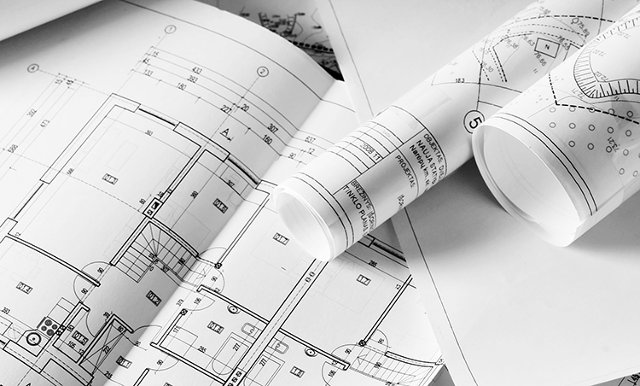Build-Outs Made Easy
Build-Outs Made Easy
By Bryan Mashian, Esq.
When the premises must be designed and built before the term of a lease begins, the stakes are high and any dispute or delay is detrimental. To avoid potential losses of rents or profits, both parties must understand and define their responsibilities for the design and construction of tenant improvements, allocate risks, and provide appropriate remedies in case of default.
Where is the “Allowance”
- The tenant views the improvement allowance the landlord provides as the tenant’s money to spend as it pleases. But, the landlord sees the allowance as part of the landlord’s investment in the deal, and thus would like to limit the use of the allowance only to items that increase the value of its building in the long run. The leases should specify what types of items can be paid from the allowance and the parties should agree whether the tenant is entitled to the unused portion of the allowance after construction is finished, and if so, for what types of items these funds can be utilized.
- Also, the entire allowance may not available for actual construction when part of the stated amount in the lease is reduced by (sometimes hidden) back charges. For example, the landlord often charges a fee for supervision of the construction (even if done by tenant). Sometimes, the landlord will back-charge for improvements which already exist, such as HVAC, etc. The parties should set out such deductions beforehand.
- Sometimes a misunderstanding may arise regarding the actual amount of the improvement allowance that a landlord is to provide. This contribution by the landlord is typically stated on a per foot basis, and the landlord prefers to base the allowance on usable square feet. The tenant prefers an allowance based on rentable square footage, which is larger. To avoid any misunderstandings, the parties must understand precisely how much money will be provided.
- The landlord may demand that the tenant use specific contractors who are familiar with the landlord’s policies or the building and its systems. The tenant, however, wants to be sure that these contractors are not affiliates of the landlord, and they charge no more than market rates for their work. The tenant should require a competitive bidding process that includes bids from the tenant’s own contractor.
Taking Responsibility
- A good rule of thumb is for each party to bear responsibility for the delays it causes. The lease should specify procedures for notice and opportunity to cure the delay before there is a penalty. Also, a party may be granted an allowance of delays before penalties start.
- Delays caused by sources beyond a party’s reasonable control typically postpone the rent commencement date without a penalty to either side.
- The landlord would like to absolve itself of any liability due to late completion of the improvements, such as tenant’s lost profits. But to keep the landlord’s feet to the fire and somewhat accountable, typically the tenant demands some penalty, such as one or two days of free rent for each day of landlord delay.
- To make sure that the tenant does not have to hang in for an unreasonably extended time for
the premises to be ready, the tenant can ask for the right to terminate the lease if the premises are not ready by a certain date, regardless of the cause of the delay.
Designing the Improvements
- Delay is almost inevitable in construction, and always stressful. The parties can mitigate the risk by agreeing who will prepare the plans and specifications, establishing a completion schedule, and setting a procedure and time period for obtaining approvals.
- It is critical to set up a process to accurately budget each party’s share of the cost of the work. This area is where the most surprises occur and can crater a deal. Once the cost of the work is determined, it would be prudent to require the needed funds to be escrowed or otherwise secured, e.g., a letter of credit. These protections will ensure the work will be completed, and reduce the risk of a mechanic’s lien arising from late, insufficient or no payment.
Triggering Rent Obligations
- The point at which leasehold improvements are considered “complete” is significant because it triggers the tenant’s obligation to start paying rent. So, when the space is considered “complete” is often negotiated and if the parties do not agree up front, the issue will probably be disputed.
- From the landlord’s perspective, completion occurs upon delivery of a certificate of completion by the project architect, or issuance of a certificate of occupancy by the city. The tenant, on the other hand, would additionally like to make sure that all the utilities are available, and tenant has access to and from the premises and its parking spaces.
- The parties should specifically allocate the risk of delays which may be caused by either of the parties, or by force majeure. If the tenant both designs and builds the improvements, then the landlord can require the tenant to start paying rent on the earlier of a “hard” date or completion of the improvements. When the tenant prepares the plans and the landlord constructs the improvements, then the scheduled completion date can be tied to the date the tenant delivers the final plans and permits.
In summary, when the commencement of the term of a lease is based on the performance of the work in the premises, the parties should clearly and completely set forth their rights and responsibilities in the lease. By doing so, costly disputes or delays can be averted and the foundation of a good working landlord-tenant relationship can be established.




































